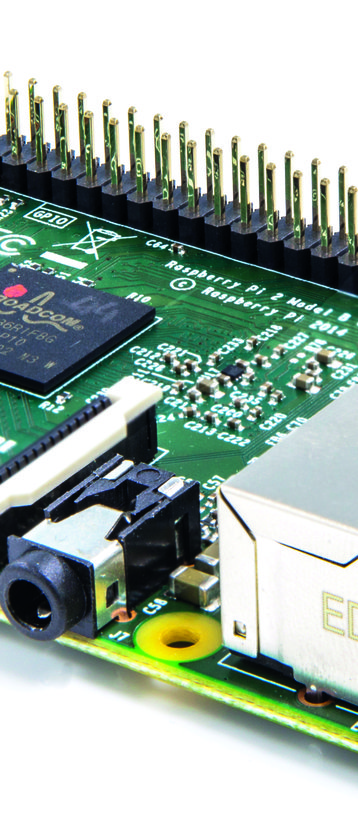Banco Azteca is one of Mexico’s largest banks, with operations in six Latin American countries. It was created in 2001 as a financial services subsidiary for the retail firm Grupo Elektra, which was set up in 1950 by Hugo Salinas Rocha.
To reduce the risks of failure in the bank’s data centers, Grupo Elektra-Banco Azteca’s vice president of systems Manuel Gonzalez came up with the idea of a monitoring system which could detect dangers and warn of possible failures. The bank built a detection system in-house, and launched it first in the Grupo Salinas data center in Mexico City in early 2015. This project was completed in July 2016, and the bank plans to roll it out to more data centers.
Energy metrics
The system is intended to assess the quality of energy delivered, the quantity of energy consumed and other metrics such as temperatures across the site.
“One of our main requirements was that these new systems were not independent, but quite the opposite. They must be able to be integrated into a single solution, so that in the future, one system can give us information about as many factors as possible,” says Rogelio Garcia Cabrera, director of data centers in Latin America for Banco Azteca.
The bank analyzed several market-leading data center infrastructure management (DCIM) products but none of them met its specific requirements, so the company decided to create its own tool. The result is not a traditional DCIM app, but one tailored to the company’s needs.
The project’s main innovation was to use open source software, and cheap high performance system-on-a-chip (SoC) microcontrollers and microcomputers - specifically the Arduino and Raspberry Pi.
Open source is becoming more popular in the industry since it allows for constant improvement, while knowledge and new developments are shared with anyone who wants to use them.
Garcia Cabrera’s team developed modules which could be connected to the mission-critical equipment, in order to provide an early event detection system.
Tracking temperature
The system developed by the team monitors energy delivered in real-time, determines the energy consumption of hardware, and gives an indication of the amount of wear in the cooling systems. It also offers a look at temperature levels and humidity inside the site.
“The advantage of a homogeneous system like this is that it allows us to determine how long a condenser has been overheating,” says Garcia Cabrera. The condenser may be overheating for some time before it causes a temperature rise in an area within the facility. The useful life of the condensers will be affected by the length of time they are running too hot.
Implementation of the system is quick. In just a few minutes, sensors to measure current, voltage, temperature and humidity can be installed, connected to processor cards, and start transmitting information to a database and a real-time display panel.
This information gives us a new opportunity to not only detect early, but to predict the behavior of the infrastructure
Rogelio Garcia Cabrera, Banco Azteca.
It is also easy to remove and repair sensors and cards, because of their low cost. The cards and sensors are easy to buy in electronics stores and, if necessary, the group could make its own cards and be independent of suppliers. This is all due to the work of the open source community which publishes the schematics for free, in an official repository.
The arrangement of sensors and circuit boards is not static, as it allows the group to integrate more advanced cards without modifying the sensors. For example, information can be transmitted using GPRS, but by simply changing the communications module, it can be upgraded to 3G technology.
This structure also makes the system more secure than commercial systems on the market, its creators say. There has been a surge of attacks based on unsafe Internet of Things (IoT) devices, but the bank’s early warning and monitoring system can be kept safe because it is possible to update the firmware remotely. As a new security breach is identified, it can be solved and corrected long before all the devices are compromised.
Predicting faults
“This information gives us a new opportunity to not only detect early, but to predict the behavior of the infrastructure,” Garcia Cabrera says.
At the moment the system is being introduced to more and more equipment in the Banco Azteca’s facility, and the information gathered will allow the team to identify patterns of behavior. This data, combined with prediction algorithms, can provide an accurate model that can foresee equipment failures before they happen.
This will lower maintenance costs and help avoid unscheduled downtime. Eventually, the system could be fine-tuned using the tools of advanced analytics, big data and machine learning.
With this kind of development, data center managers do not need to be passive consumers of products anymore, but can start to develop technology according to their needs, says Garcia Cabrera: “This will be considered one of the most important applications of the IoT. This change is taking place in the most advanced data centers around the world, and a project like this will bring on the so-called Fourth Industrial Revolution.”
This article appeared in the April/May issue of DCD magazine. It was translated by Peter Judge from an article in our Spanish-language magazine

